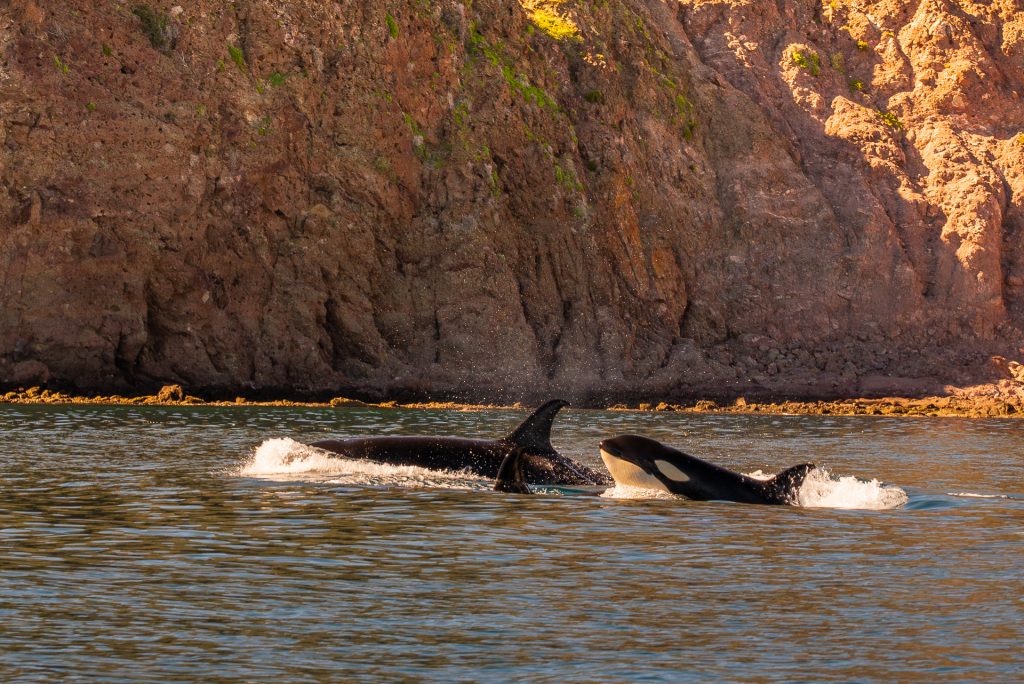Executive Summary
The bay of San Basilio, Baja California Sur, is immediately remarkable to any visitor for its stunning landscape
and heterogeneity of landforms and habitats. This secret
corner of the peninsula quietly boasts abundant natural
resources and phenomenal biodiversity. The whole bay
is alive, above and below the rich lands and waters of
this coastal paradise. The marine elements include rocky
reefs, and both sandy and rocky shores, which span an
ecotone of taxonomic biodiversity. The land-sea fringe
is home to mangroves, salt-marshes, dunes and estuaries. The influences of land and sea support the presence
of a plethora of coastal species, and further inland a
healthy arid scrub complex with seasonal lagoons and
permanent freshwater pools is home to several rare and
endangered species, and elevated numbers of species in
general.





